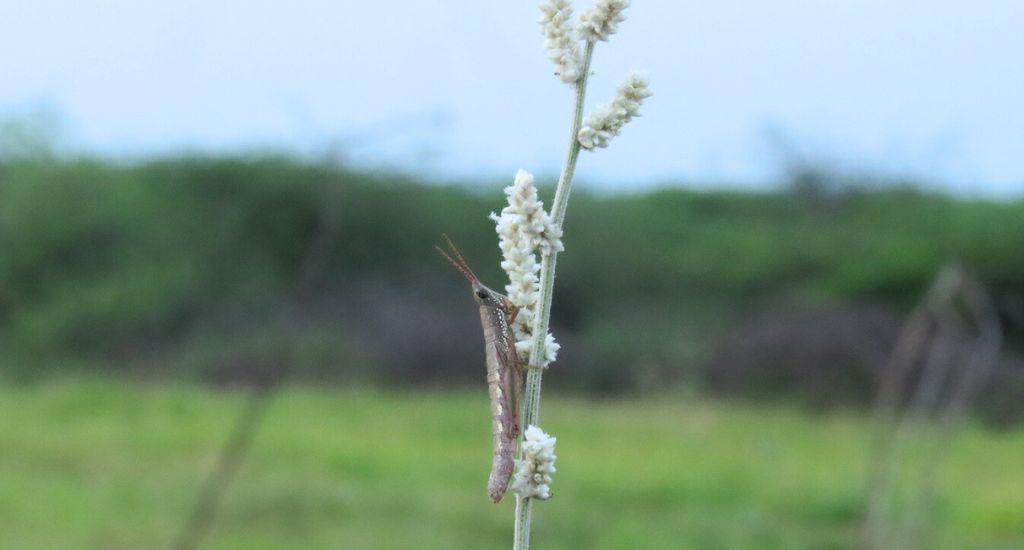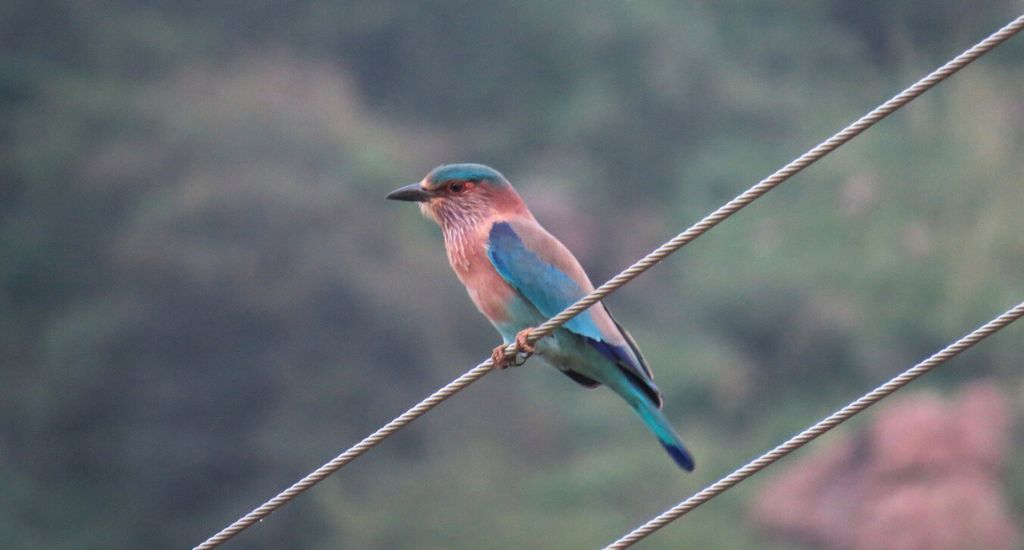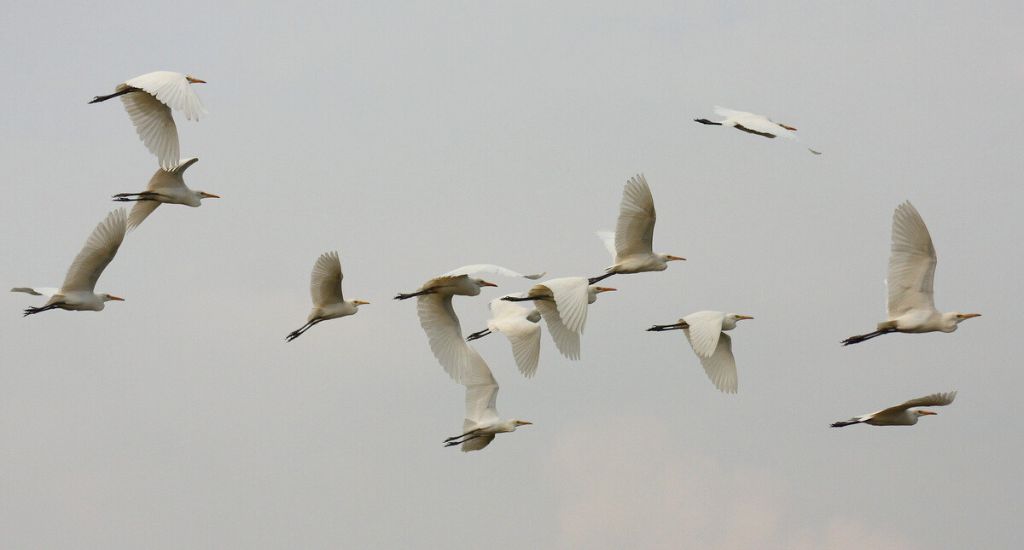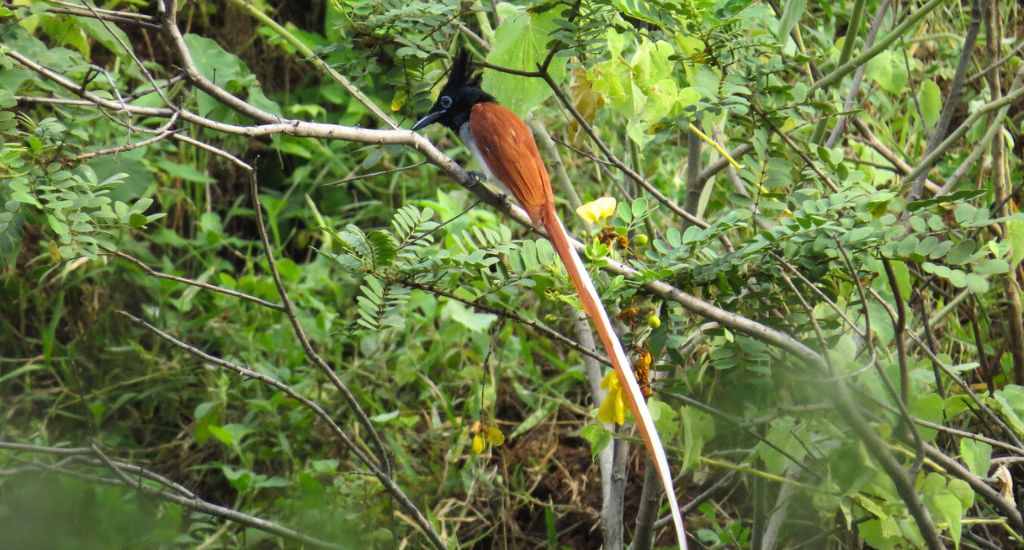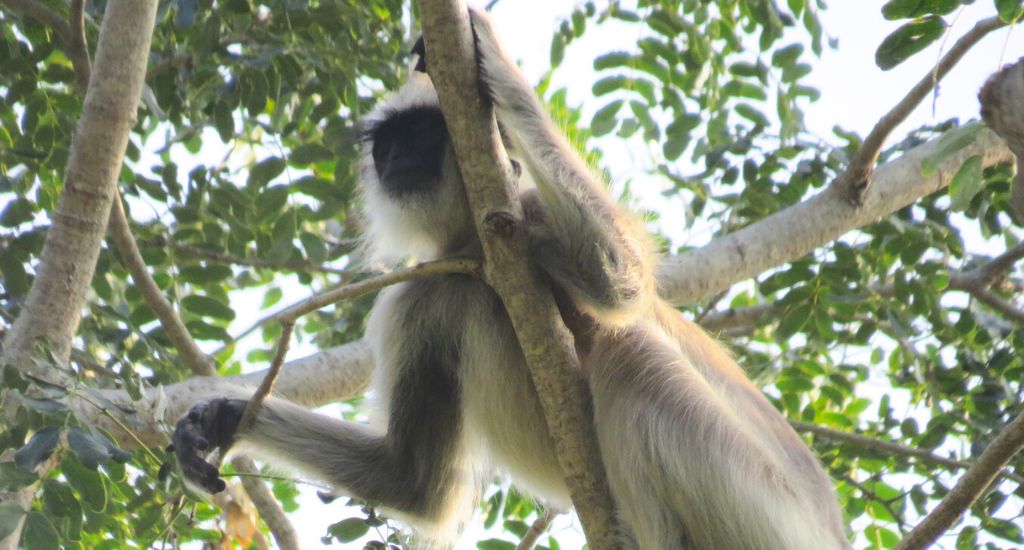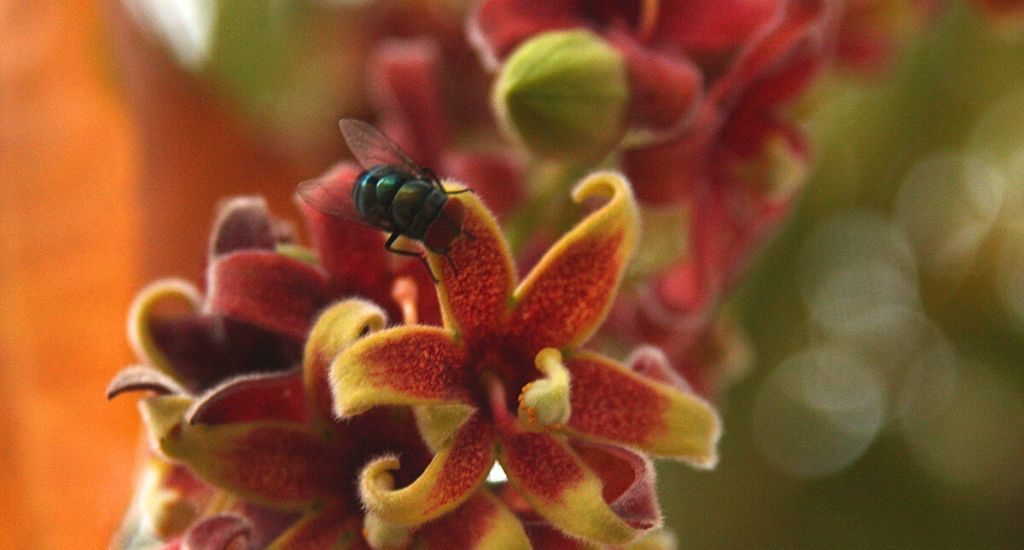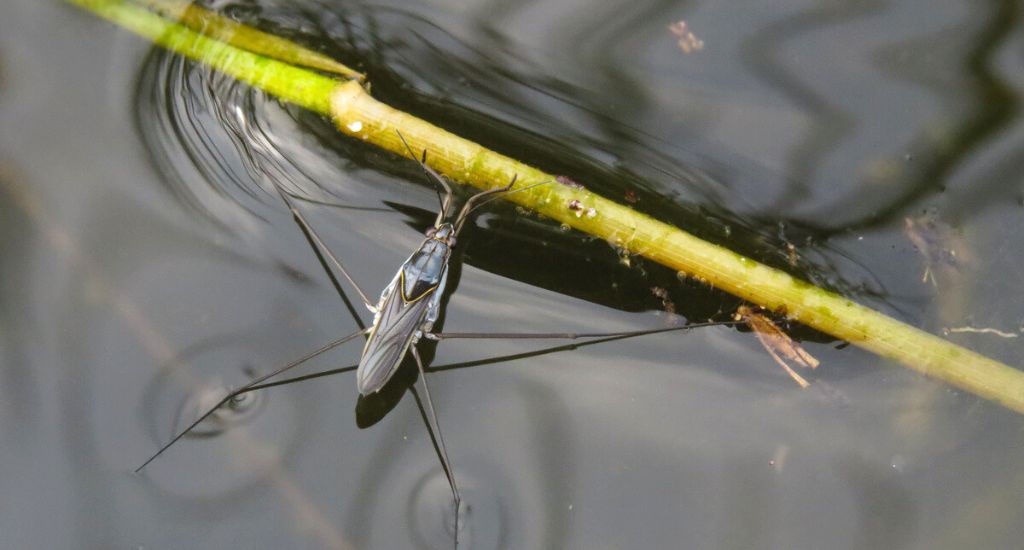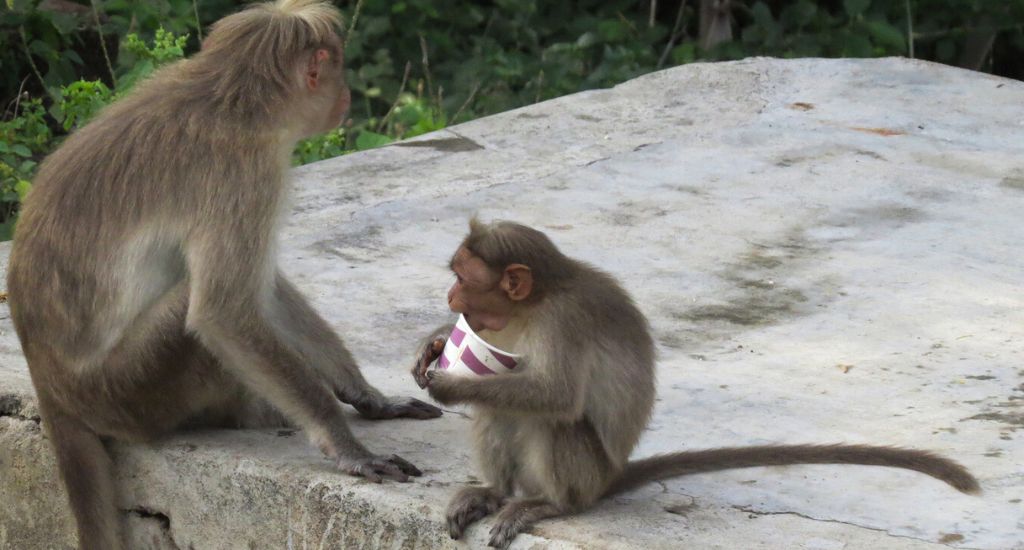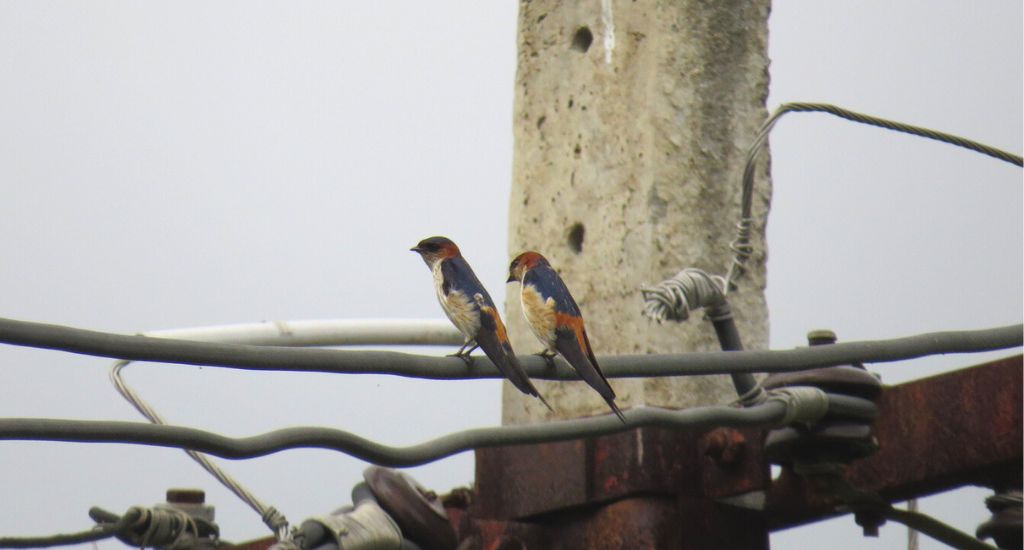
Nature’s gifts to Tamil Nadu temple town
On this World Environment Day, these pictures from villages surrounding the temple town of Srivilliputtur in Tamil Nadu show the beautiful beings that live among us, urging us to protect them and their habitat.
The grasshopper may have a high degree of camouflage that often makes it go unnoticed, but it plays an important role in the ecosystem. Insects like grasshoppers form a major part of the diet of many birds.
The Indian roller, with feathers in bright shades that appear fully blue in flight, is a common sight around villages. These birds have adapted to living amid human infrastructure and can often be seen perched on overhead electric cables.
Egrets typically move in groups. These birds have white bodies, black legs and long yellow beaks. They are often found near water bodies, sometimes in the company of cattle.
The Indian paradise-flycatcher is a rare sight to catch. This elusive bird has a very long ribbon-like tail that flows gracefully when it flies. Spotted near Pilavakkal Dam, this bird was hiding in the thickets and disappeared in no time.
Sathuragiri hills, part of the Western Ghats and a pilgrimage site near Srivilliputtur, is home to the grey langurs which can be seen lounging lazily on trees.
Also Read | ‘Super Figs’: Why figs from Western Ghats hills in Pune are high in demand
Most flowers, on closer inspection, can reveal a fly looking for nectar inside it and pollinating the plant. It’s never a dull moment out there!
Standing motionless on the surface of the water is a characteristic of the water strider. They derive their name from their ability to walk on water without breaking the surface tension.
Plastic waste lying beside a paddy field is not a pleasant sight but it is becoming an increasingly common one, polluting the environment of our food source and the habitat of many others – one of the impacts of our actions.
Also Read | A peek into rural India’s plastic waste
This small monkey, also spotted at Sathuragiri hills, was chewing on a paper cup while watching the pilgrims climb their way up. The paper cup was likely left behind by tourists or pilgrims, and while it is not as damaging for the environment as plastic cups, this does show a need to manage our waste better.
As the name suggests, the Asian green bee-eater feeds on bees and other insects. Its bright green feathers and graceful flight pattern are sights to behold.
The white-throated kingfisher is an expected sight at the Pilavakkal Dam. These birds feast on fish and insects. They are usually seen diving swiftly to catch their prey.
This laughing dove was spotted sitting on a stack of hay near the Pilavakkal Dam. The dam site hosts a vast number of birds and animals. It is also a popular picnic spot for the residents of surrounding villages.
A scaly-breasted munia hops among some rocks not far from a field in Krishnankovil village – maybe hoping to find some grains to eat. Its plumage offers good camouflage with the surroundings.
The lead image at the top shows two barn swallows perching on electric wires (Photo by Kevin Samuel)
Kevin Samuel is a Hyderabad-based postgraduate student of French with a passion for photography and an interest in nature and the environment.
